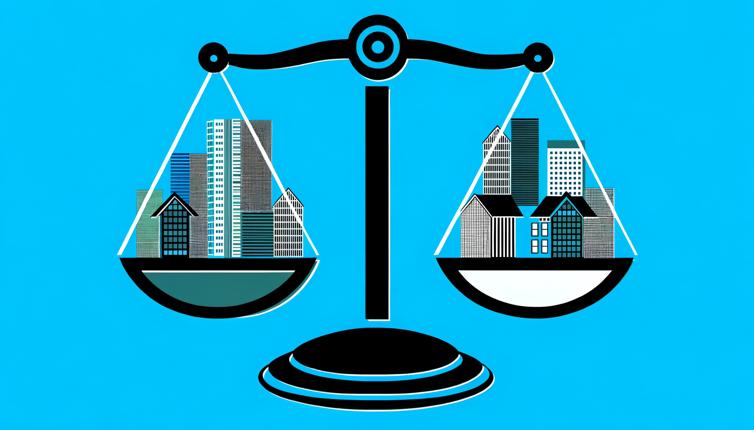Technology Integration
One of the major emerging trends in commercial real estate is the integration of technology into property management and operations. This includes the use of smart building technologies, IoT devices, and data analytics to optimize energy efficiency, improve tenant experience, and enhance security.,Smart building technologies enable property owners and managers to monitor and control various aspects of a building, such as lighting, HVAC systems, and security, remotely and in real-time. IoT devices can track occupancy levels, detect maintenance issues, and even manage access control.,Data analytics plays a crucial role in leveraging the vast amounts of data generated by these technologies. By analyzing this data, property owners and managers can gain valuable insights into tenant preferences, usage patterns, and operational inefficiencies, allowing them to make informed decisions and improve overall performance.
Flexible Workspaces
Another significant trend in commercial real estate is the rise of flexible workspaces. With the increasing demand for remote work and the gig economy, more businesses and professionals are seeking flexible office solutions that cater to their changing needs.,Flexible workspaces offer companies and individuals the flexibility to rent office space on a short-term basis, without the need for long-term leases. They provide access to shared amenities and services, such as meeting rooms, reception areas, and IT infrastructure, allowing businesses to operate with minimal upfront costs and maximum flexibility.,This trend is driven by the desire for cost savings, agility, and collaboration. It also presents an opportunity for property owners and developers to repurpose underutilized spaces and generate additional revenue streams.
Sustainable Practices
Sustainability is becoming an increasingly important consideration in commercial real estate. As the world grapples with climate change and environmental degradation, there is a growing demand for green and sustainable buildings that minimize their impact on the environment.,Green building practices, such as energy-efficient design, renewable energy sources, and water conservation measures, are being adopted to reduce carbon emissions, lower operating costs, and attract environmentally conscious tenants. Certifications like LEED (Leadership in Energy and Environmental Design) are becoming more prevalent and can enhance the marketability and value of commercial properties.,In addition, sustainable practices extend beyond the physical aspects of buildings to include social responsibility and community engagement. Commercial real estate stakeholders are increasingly expected to prioritize social equity, diversity, and inclusion, as well as engagement with local communities.
Conclusion
These are just a few examples of the emerging trends in commercial real estate. As the industry continues to evolve, it is crucial for professionals and stakeholders to stay informed and adapt to these changes. Embracing technology, understanding the demand for flexibility, and prioritizing sustainability are key strategies for success in the dynamic commercial real estate market.









